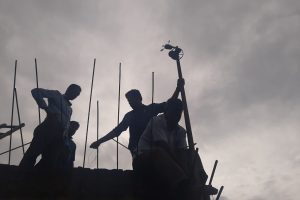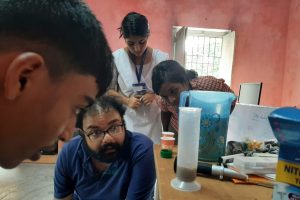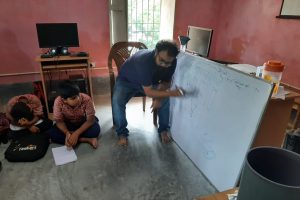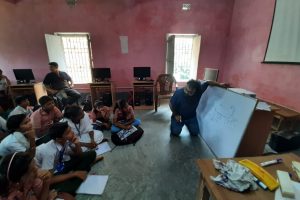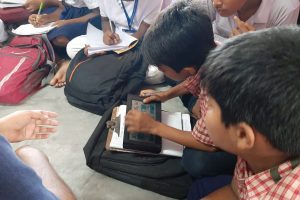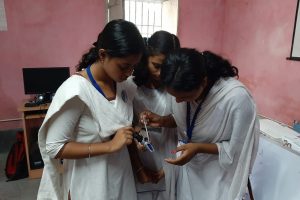The lack of environmental data on countries of the Global South is well reported in Sustainable Developmental Goal (SDG) indicators. The present project intends to crowdsource environmental data through schools students in one of the climate-vulnerable regions in Eastern India. The project has established an IoT-enabled environmental science laboratory in a high school in Sundarbans (Kanaknagar SD Institution) and created a local map of the environmental change through crowd-sourcing of the data from the local students.
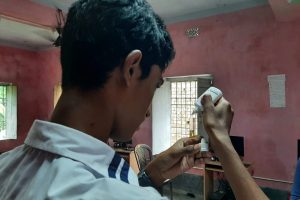

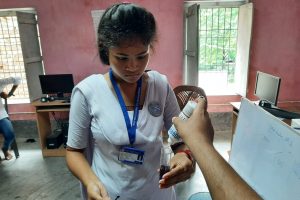
The project is creating an environmental task force comprised of students who will be trained in monitoring weather, air, water and soil pollution and biodiversity mapping. The capacity building of the task force will be done through hands-on training. Primarily the following parameters are selected for measurement
a. Air quality (IoT enable instruments with particulate matter sensors)
b. Water quality (Physical, Chemical and Biological properties like pH, salinity, TDS, Nitrate, Metals, Fluoride, Coliform bacteria)
c. Soil quality (Physical, Chemical and Biological properties like pH, salinity, water retention, biological growth, NPK, Organic carbon)
d. Local biodiversity (Indigenous crops land race, butterfly, birds and mammals)
e. Weather (Temperature, humidity, rain, rain pH, urban heat island)
We have planned a twelve-month activity schedule for the students starting from Aug 2022.
